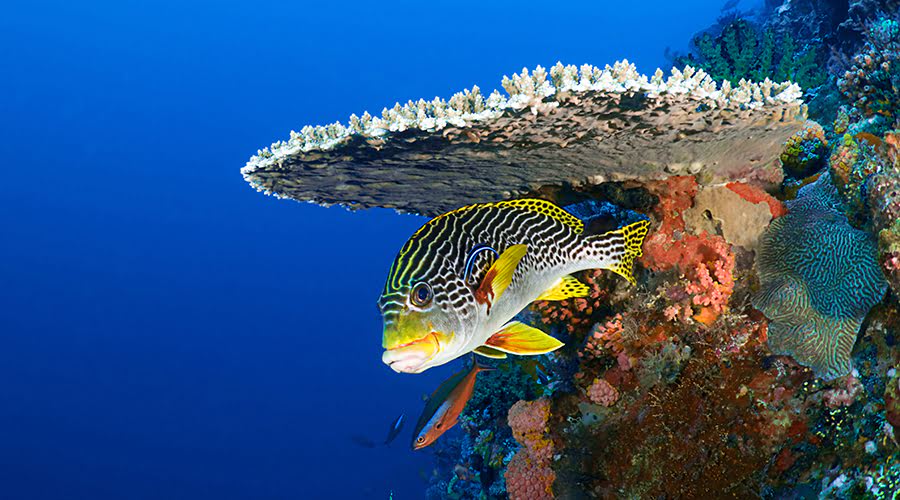Safaga-Brother Islands-Abu Dabbab-Elphinstone
- North Wrecks
- North–Strait of Tiran
- North – SS Turkia
- North-Brother Islands
- North-Million Hope
- North incl. Rosalie Moller-Brother Islands
- Brother Islands-Daedalus-Elphinstone
- South Safari until Dolphin Reef
- Rocky Island-Zabargad-St. Johns
- Daedalus-Fury Shoals
- Best of the Red Sea: Daedalus–Rocky Island–Zabargad-St. Johns-Elphinstone
- North-Strait of Tiran-Brother Islands
- Deep South-St. Johns
- North Wrecks-Salem Express
- Brother Islands-Daedalus-Fury Shoals
- Daedalus-St. Johns
- Daedalus-Sataya Reef
- 2 weeks: Brother Islands-Daedalus-Rocky Island-St. Johns-Elba Reef
- Fury Shoals-St. Johns
- Fury Shoals
- 2 weeks: North-Strait of Tiran-Brother Islands-Safaga
- North-Strait of Tiran-Dahab-Brother Islands
- Safaga-Daedalus-Fury Shoals
- South-Safaga
- Brother Islands-Safaga
- Safaga-Brother Islands-Abu Dabbab-Elphinstone
- Daedalus-Rocky Island-Zabargad
- St. Johns-Elba Reef
- 11 days: Rocky Island-Zabargad-St. Johns-Elba Reef
- North-Salem Express-Brother Islands
- Elphinstone-Brother Islands-Salem Express
- North
- North-Strait of Tiran-Dahab
- North-Dahab
- Elba Reef-Rocky Island-Zabargad-St. Johns
- 10 days: North-Brother Islands-Daedalus
- 2 weeks: North-Brother Islands-Daedalus-Rocky Island-Zabargad
- 10 days Best of the Red Sea: Daedalus-Rocky Island-Zabargad-St. Johns-Elphinstone
- 10 days: Safaga-Daedalus-Fury Shoals
- 10 days: Deep South until Elba Reef
- 10 days: Daedalus-Brother Islands-Safaga
- 2 weeks: Great Island Tour (Brother Islands-Daedalus-Rocky Island-Zabargad)
- 2 weeks: Tiran-Brother Islands-Daedalus-Rocky Island-Zabargad-Salem Express
- 2 weeks: North-Tiran-Brother Islands-Daedalus-Elphinstone-Salem Express
- 2 weeks: Elba Reef-Rocky Island-Zabargad-St. Johns-Daedalus-Elphinstone-Brother Islands
- 2 weeks: North-Strait of Tiran-Dahab-MS Million Hope-Brother Islands-Daedalus-Elphinstone
- Daedalus-Rocky-Zabargad-Elba Reef-St. Johns-Satayah-Brothers-Safaga
- 10 days: North-SS Turkia-Ras Mohamed-Dahab
- North-Safaga
- St. Johns
- Daedalus-Rocky Island-Zabargad-St. Johns
- Rocky Island-Zabargad-Fury Shoals
- Brother Islands-Daedalus-Elphinstone-Salem Express
- Daedalus-Rocky Island-Zabargad-St. Johns-Elba Reef
- st-johns-abu-fandera
- 2w:north-tiran-brothers-daedalus-rocky island-zabargad-salem express
- 10 days-brother islands-daedalus-fury shoals
- 2 weeks of Best of the Red Sea: Daedalus–Rocky Island–Zabargad-St. Johns-Elphinstone
- North-Safaga-Brother Islands
Itinerary Highlights









